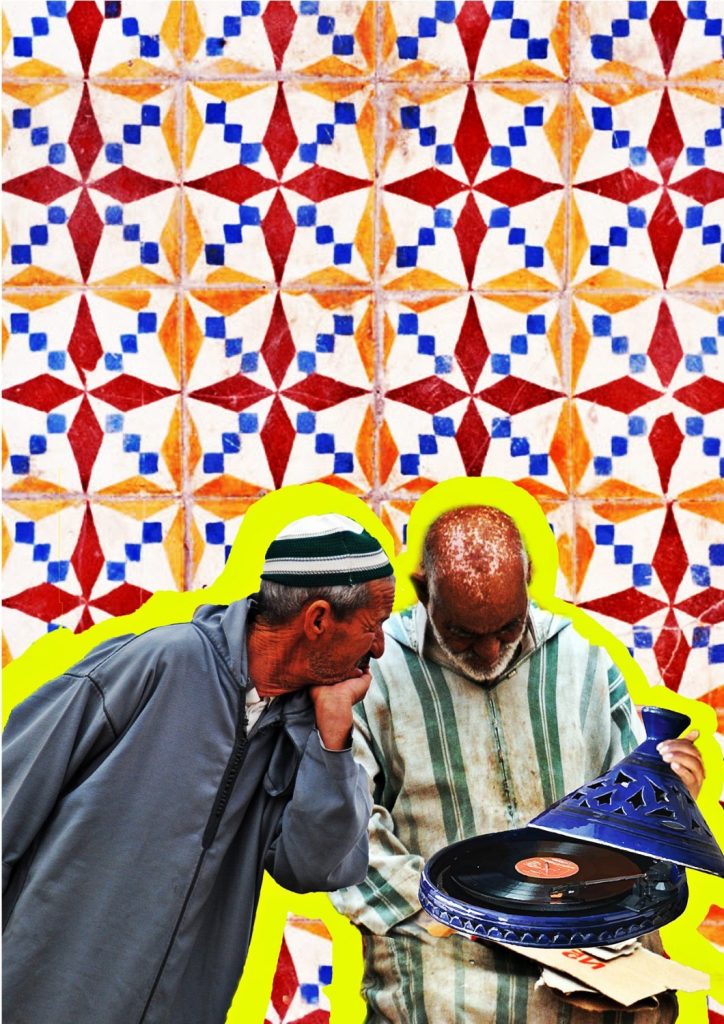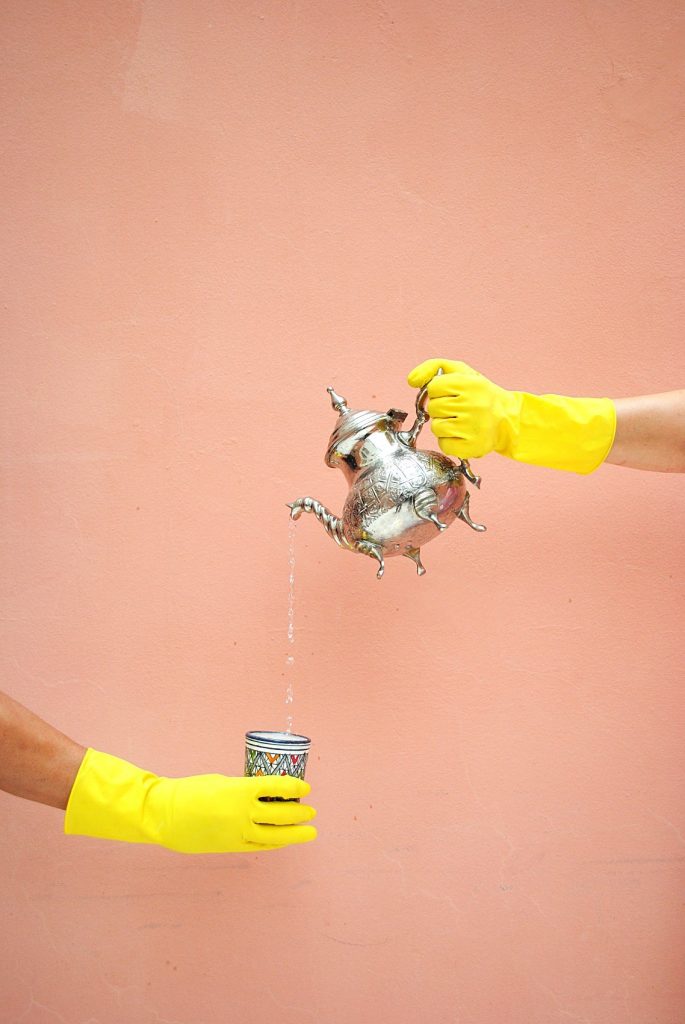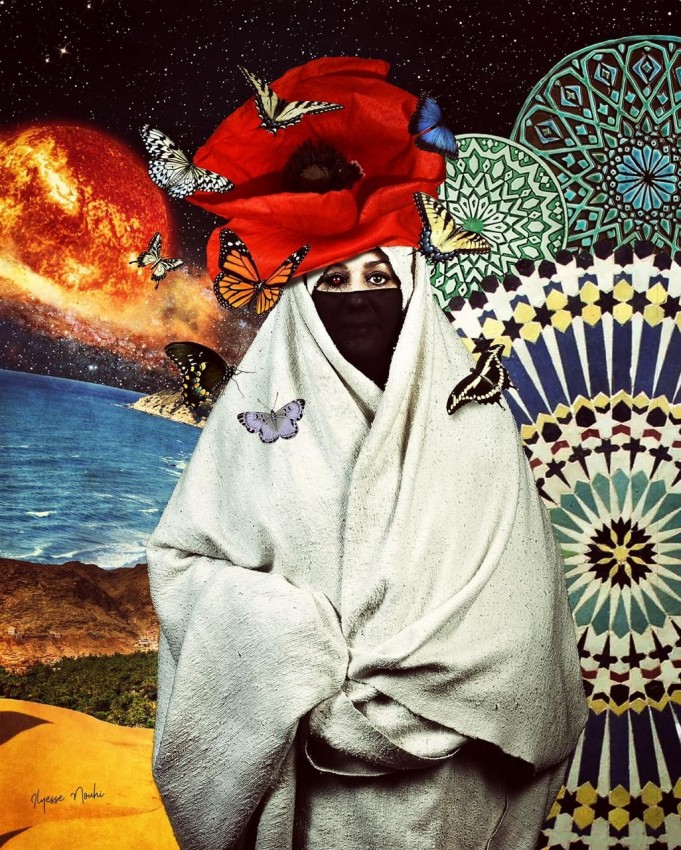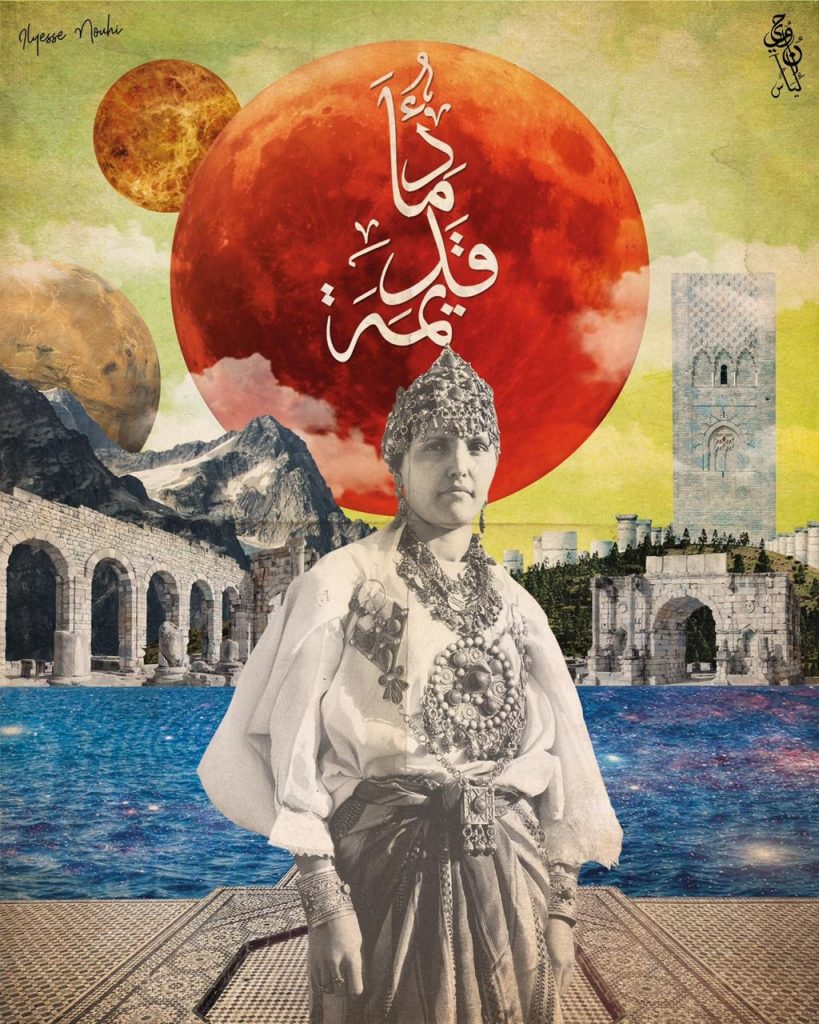Rabat- Featuring Moroccan pop artists Sarah Addouh and Ilyesse Nouhi, we explore pop art as it transcends borders and gains popularity in the Middle East and North Africa.
The mention of pop art may conjure up images of Andy Warhol’s renowned Campbell soup cans or colorful illustrations of Marlyn Monroe. The art form which first emerged in the UK in the late 1950s was later popularized in the US by Warhol and Jasper Johns. In recent years, pop art has gained significant popularity in the Middle East and North Africa (MENA) region and Moroccan artists, including Sarah Addouh and Ilysse Nouhi, are making their own unique contributions to the contemporary style.
It wasn’t until the early 2000s that pop art hit the contemporary art scene in the Middle East and North Africa. Since, the style has seen continuous growth and new adaptations.
“Arabic pop art is a new way to reveal the strength of the Arab culture to the rest of the world and its ability to adapt to modern forms of art,” Addouh told Morocco World News.
Often defined by its use of popular images extracted from advertisements, objects, or cultural icons, pop art is well known for challenging fine art forms and rendering techniques that isolate or combine materials in ways that transform commercial art into studio art. The art movement is closely related to consumer culture, frequently utilizing mass-produced products and labelings as inspiration for transforming global and local brands into ironic images or an expression of ideas.
Many local artists draw inspiration from their cultural heritage by using renowned musicians, cultural icons, and vintage patterns as part of their work. Across the MENA region, pop art has featured Oum Kalthoum, Arabic calligraphy, Amazigh (Berber) face tattoos, tea and local cuisines, and Fes hats and other traditional garments.
Some regional artists have played on Western consumer culture that has spread across the region by designing images that use popular brands such as Coca-Cola or McDonalds. Artists also use the style to send political messages or highlight specific moments in time.
Moroccan artists Addouh and Nouhi both express pop art’s unique ability to transmit emotions and expressions of self and society through the multifaceted elements of pop art and its combination of various mediums.
Featuring Moroccan pop artist Sarah Addouh
Sarah Addouh, a 27-year-old artist in Casablanca, believes that pop art offers more flexibility than traditional Moroccan art forms. “I have always loved pop art. I think it’s a timeless form of art that can relate facts about everyday life in a funny way. We can take elements from the past and make them futuristic and vice versa.”
Addouh added, “It offers several possibilities of creation.”
Addouh began experimenting with the art form during her first year of architecture studies when she bought her first camera. “I started taking street photography and then I began to work on it and mix elements from different pictures to create something new.”

“There’s a lot of Moroccan pop artists nowadays and everyone has their own style and touch. I think that what makes my artworks unique is that I use photographs that I take myself in the street or old photos of my family, not random pictures from the internet, which make it more personal.”




Addouh considers all of her art to fall into the category of pop art. The artist describes her collages as “colorful” and “quirky,” molding together aspects of Moroccan social and historical references.
Read also: Moroccan References Abound in Hassan Hajjaj’s Vanity Fair Spread
Featuring Moroccan pop artist Ilyesse Nouhi
Similarly, Ilyesse Nouhi, 26 and from Rabat, says his artistic inspiration comes from the rich culture of his country.
“For me, it [pop art] is a way to express ourselves, our personality, our fear and love, our feelings in general, and also our sexuality. It may also express the environment where we live, and where we’ve grown,” said Ilyesse, who goes by the artist name of Iriessu.

Nouhi began creating pop art in 2018 after a friend challenged him to experiment with the style. Frequently drawing in elements of Moroccan architecture, Amazigh culture, and calligraphy, Nouhi says he puts important aspects of Moroccan history in the spotlight through his work.
As well, the artist pays tribute to the late Moroccan photographer Leila Alaoui by using her original photos as the foundation of some of his pieces.


Source: moroccoworldnews.com

Putting a spotlight on business, inventions, leadership, influencers, women, technology, and lifestyle. We inspire, educate, celebrate success and reward resilience.















